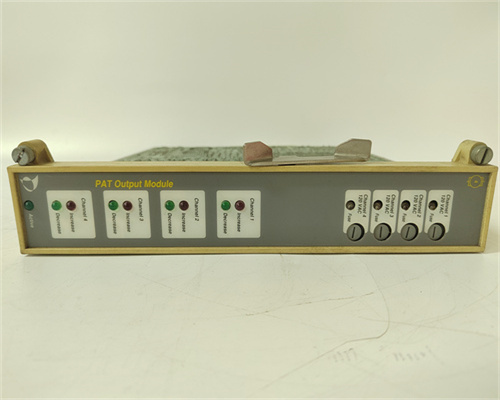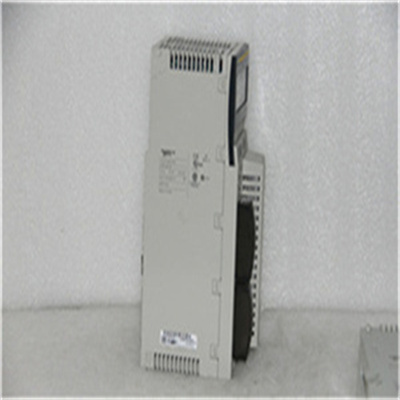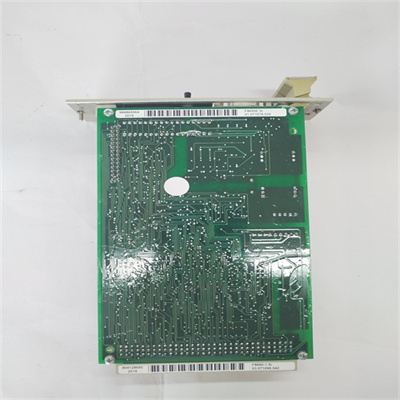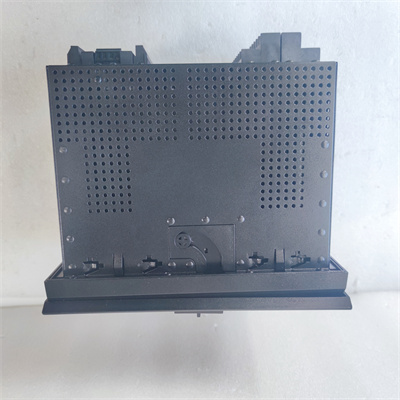METSO IOP111
Product: METSO IOP111
Manufacturer: Metso Automation (now part of Valmet)
Function (Possible): Industrial process control module with various functionalities depending on the variant. Here are some possibilities:
- Analog Input Module: Converts analog signals from sensors (e.g., pressure, temperature, level) into digital data for processing by a control system.
- Analog Output Module: Converts digital signals from a control system into analog signals to control actuators (e.g., valves, dampers).
- Digital Input/Output (I/O) Module: Interfaces with digital sensors and actuators, providing on/off or status signals to the control system.
- Communication Module: Provides communication capabilities between the control system and other devices using industrial protocols (e.g., Modbus, HART).
General Features (May Vary):
- High-quality electronic components for reliability in harsh industrial environments.
- Microcontroller or digital signal processor (DSP) for intelligent signal processing, communication, and control functions (if applicable).
- Galvanic isolation to isolate input, output, and communication signals for safety and signal integrity (critical in process control).
- Calibration capabilities for accurate signal processing (if applicable).
- Status indicators (LEDs or displays) for visual indication of module operation and potential errors.
- Terminal block connections for user-friendly connection of sensors, actuators, and communication cables.
- Compact and rugged housing suitable for space-saving installation in control cabinets.
Additional Notes:
- The specific functionality of your METSO IOP111 depends on the variant (identified by additional model numbers or codes).
- Refer to user manuals or datasheets provided by Valmet (formerly Metso Automation) for detailed information about your specific IOP111 module variant.
- Valmet likely offers a range of compatible modules for the IOP series to expand the number of controllable sensors and actuators beyond the functionalities of the IOP111 itself.
I hope this summary is helpful!









